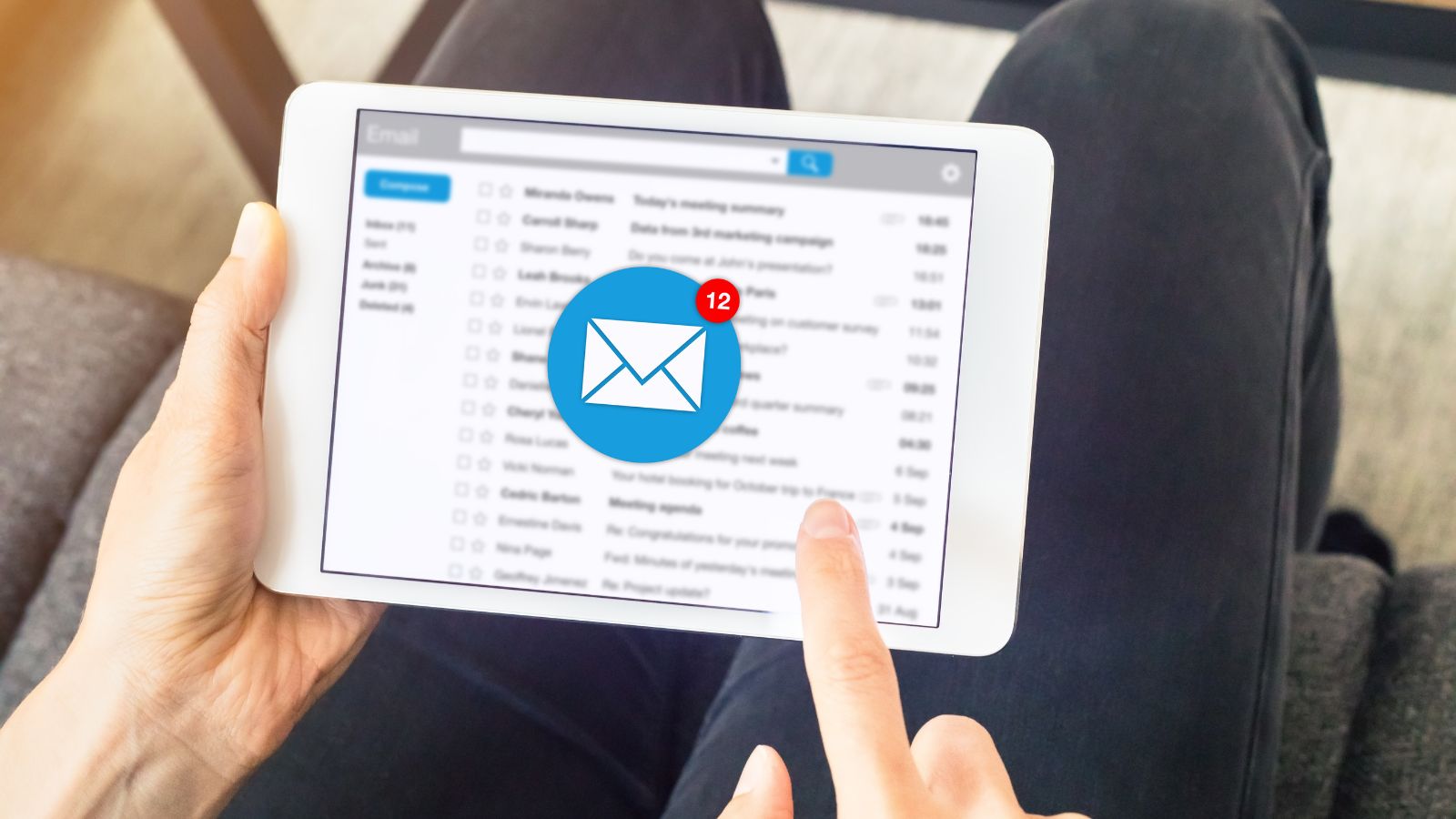Three months ago, we were behind on our revenue goal.
Leads were slow. Deals were stuck. Our inbound pipeline wasn’t enough. So, we turned to cold email.
It wasn’t our first time. We’d tried it before—poorly. Generic messages. Zero replies. We figured cold email didn’t work anymore.
But this time, we went all in. We built better lists. Wrote sharper messages. Tracked everything. The result?
We closed over $100K in new business within 6 weeks.
This is the playbook we used. It’s simple. It works. And you can start using it today.
Why cold email still works
It’s direct. You control the message. You control the timing. And you don’t need a huge audience or budget to get started.
In fact, that’s why we went back to it.
We didn’t have time to wait for content to rank or ads to convert. We needed conversations fast.
Cold email gave us that—and more.
But it only worked because we did it right. Let’s walk through the tips that moved the needle.
Tip 1: Start with the right list
This was our biggest mistake early on.
We used to think cold email was a numbers game. More leads = more replies. That’s false.
Now, we know it’s a relevance game. Better leads = better results.
We stopped pulling giant lists from random sources. Instead, we focused on people who:
- Fit our ideal customer profile
- Recently changed roles, launched something, or raised funding
- Would actually benefit from our solution

That meant fewer leads, but way more replies.
We used filters in LinkedIn Sales Navigator to identify perfect-fit prospects. Then we used an email finder tool to get verified emails.
The result? Higher deliverability, better engagement, more deals.
Tip 2: Keep your emails short
Our best-performing emails were under 90 words.
Here’s the structure we followed:
- Line 1: Personal relevance (why we’re reaching out)
- Line 2–3: What we do and how it helps
- Line 4: A simple, no-pressure ask
Here’s an example that got a 22% reply rate:
Subject: Idea for your onboarding
Hey Sam, saw you’re hiring two new CSMs. We recently helped a SaaS team cut onboarding time by 35% with a simple product demo flow.
Want me to send a quick summary?
No fluff. No “let me introduce myself.” Just value and a clear path forward.
Tip 3: Personalize, but don’t overdo it
We didn’t waste time writing 100% custom emails. But we also didn’t blast the same template to everyone.
We found the sweet spot: light, real personalization.
We added:
- A line referencing a recent post or update
- A sentence tied to their role or product
- A CTA tailored to what they likely care about

It took an extra minute per email. But it tripled our response rate.
Tip 4: Use a simple, clear CTA
We used to ask for 15-minute calls in the first message.
It didn’t work.
Now, we just offer something helpful:
- “Want a quick one-pager?”
- “Should I send over an example?”
- “Want me to send a short Loom video?”
These are easier to say yes to. And once we got a reply, the rest was easy.
Tip 5: Follow up the right way
Almost half of our replies came from follow-ups.
But here’s the key: we never just said, “Just checking in.”
Instead, we added something useful.
Here are a few follow-up lines that got responses:
- “Just wanted to see if this is relevant right now.”
- “In case helpful—here’s a one-pager with results from another startup like yours.”
- “Totally fine if now’s not the right time. Should I circle back next quarter?”
- “Saw your recent blog post—thought this tied in nicely.”
- “Still happy to share a quick example if helpful.”
Each one adds context or value. That’s the difference between being persistent and being annoying.
Send at the right time (bonus!)
We got the best response rates when we sent emails:
- Tuesday to Thursday
- Between 8:30–10:30 AM (in the prospect’s time zone)
Avoid Monday mornings and Friday afternoons. Timing isn’t everything, but it helps.
Tools that helped us stay lean
You don’t need a fancy stack to get started. Here’s what we used:
- Google Sheets – for lead tracking
- io – for sending and automating follow-ups
- LinkedIn Sales Navigator – for finding quality leads
- Email finder tools – for verified contact info
- Notion – for message tracking and A/B tests
The tools helped. But our results came from writing better emails—not just sending more.
From inbox to revenue = what actually closed deals
Let’s talk outcomes.
We started conversations with 40 companies. About 25 replied. 10 took meetings. 4 became customers.
That turned into just over $100K in revenue.
Here’s what made the difference:
- Fast replies. We responded within 30 minutes whenever possible.
- Helpful first responses. We didn’t rush the pitch. We shared value first.
- Easy next steps. We offered a doc, deck, or demo—not just a “quick chat.”
- Follow-through. We kept momentum moving post-call.
- Clear pricing. No games, no delays.
- Smooth handoffs. We made it easy for prospects to bring in their team.
Cold email didn’t close the deal on its own. But it opened the door. Then we walked through it quickly and clearly.
Final tip: read before you send
Here’s a habit that saved us from sending bad emails: reading the message out loud before hitting send.
If it didn’t sound natural, we rewrote it.
Cold emails should feel like something you’d say in person. If it reads like a brochure, people won’t reply.
Simple wins. Always.
What we’d do differently next time
Looking back, here’s what we’d improve:
- Start with a smaller, tighter list
- Warm up contacts before emailing (likes, comments, mentions)
- Write 2–3 versions of each message and test them
- Use fewer links
- Focus more on pain points than product features
We also started reading Apollo.io reviews to see how others were managing outbound and prospecting workflows. It gave us a better idea of what’s working and what tools we might add next.
But no tool replaces thoughtful strategy and well-written emails.
Final thoughts = start small, stay focused
Cold email helped us close $100K—but only because we stopped treating it like a spray-and-pray tactic.
We wrote real messages. To real people. With real problems.
Start with 10 great leads. Write 10 thoughtful messages. Test. Improve. Repeat.
You don’t need magic. Just a clear message, a strong list, and the discipline to follow up.
